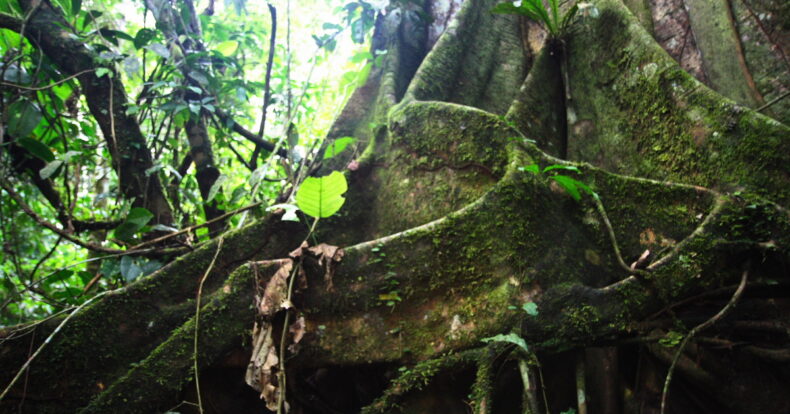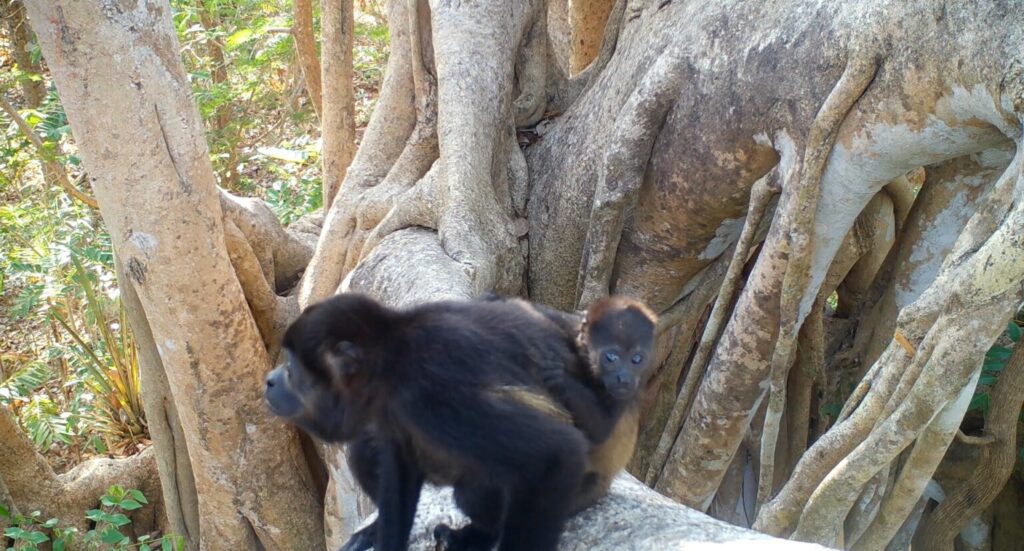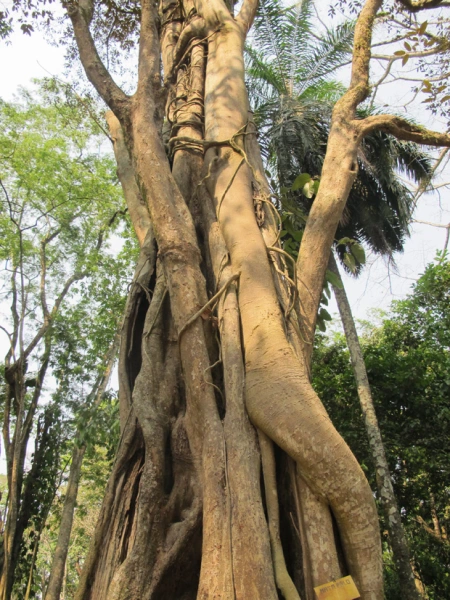The Matapalo: Costa Rica’s Iconic Tree and its Fascinating Ecosystem

The matapalo, also known as higueron, is one of Costa Rica’s most iconic trees. Present in most of the country’s diverse landscapes, this tree not only has a life history, but is also a source of food and home for wildlife. The tangled structure invites climbing, making the matapalo a symbol of both nature and adventure.
One Class, Many Species
The term “matapalo” does not refer to a single tree species, but to a common name applied to different related species. This term is found within the genus Ficus and the family Moraceae. In Costa Rica, it is estimated that about 50 species of matapalo call this country home, although this figure may vary. There are several species of matapalo known in Spanish as matapalo and higuerón, names that reflect their character and presence in the environment.
The matapalos are found naturally in most habitats, including low and high elevation areas and wet and dry regions. People also commonly plant them as ornamentals, live fence posts, and shade trees for livestock. There are even towns in Costa Rica that are named Matapalo, in honor of these trees.



An Intriguing Lifecycle
The life cycle of the matapalo is a story of survival and adaptation. It all begins when an animal that enjoyed some figs deposits a seed between the branches of a host tree, and it germinates. At this initial stage, the matapalo is an epiphyte, that is, a plant that grows on another plant without causing direct damage to it.
As the young tree matures, it begins to develop long roots that descend down the trunk of the host tree until they eventually reach the ground. Once the roots touch the ground, the matapalo continues to send out more roots, which eventually intertwine and fuse together, forming a robust and complex structure.
Over time, the matapalo completely engulfs the host tree. Its dense foliage begins to block the sunlight received by the host tree, while its roots strangle the trunk and compete for nutrients in the soil. Eventually, the host tree dies, leaving behind a club elder with a hollow interior.
The Matapalo: An Ecosystem in Miniature
Although may appear to be a “tree killer,” its role in the ecosystem is much more complex and beneficial. To begin with, its fruits are a vital source of food for an incredible variety of wildlife, including birds, reptiles, mammals and bats. In addition, the intertwined structure of their roots and the hollow space left behind after the host tree is gone provide shelter for a multitude of species. Each birch is like a small ecosystem, offering countless places for nesting, hiding from predators and searching for prey.
Sensorial Sunsets
Navigate articles





